SuaraPublik – LinkedIn Marketing and Advertising offer powerful tools to connect with professionals, build brand awareness, and generate leads. This comprehensive guide delves into the nuances of this platform, exploring strategies for maximizing your reach and impact.
From understanding LinkedIn’s ecosystem and crafting compelling content to launching effective advertising campaigns and analyzing results, we’ll cover everything you need to know to succeed in this dynamic environment.
Understanding LinkedIn’s Ecosystem
LinkedIn is a powerful platform for professionals to connect, share information, and build their careers. It’s also a valuable tool for businesses to reach their target audience and generate leads. To maximize your success on LinkedIn, it’s crucial to understand the different ways you can engage with the platform, from organic marketing to paid advertising.
LinkedIn Marketing vs. LinkedIn Advertising, Linkedin marketing and advertising
LinkedIn marketing encompasses all activities you undertake to promote your business on LinkedIn without directly paying for advertising. This includes creating engaging content, building your company page, participating in relevant groups, and connecting with potential customers. LinkedIn advertising, on the other hand, involves paid campaigns that allow you to target specific audiences and promote your content to a wider reach.
LinkedIn Targeting Options
LinkedIn offers a wide range of targeting options to ensure your ads reach the right people. You can target users based on:
- Demographics: Age, gender, location, industry, job title, company size, seniority level.
- Interests: LinkedIn uses user data to identify their interests, allowing you to target users who have expressed interest in specific topics, skills, or industries.
- Company: Target users based on their current employer or previous employers.
- Connections: Reach the connections of your employees or your company page followers.
- Behavioral Targeting: Target users based on their recent online activity, such as website visits, content downloads, or engagement with your LinkedIn posts.
LinkedIn Ad Formats
LinkedIn offers several ad formats, each with its own strengths and weaknesses.
- Sponsored Content: These ads appear in users’ LinkedIn feeds, mimicking organic content. They can be text, image, or video based, and allow for engaging calls to action.
- Text Ads: Simple text ads that appear in the sidebar of LinkedIn’s desktop and mobile versions. They are less visually appealing than sponsored content but can be effective for driving traffic to your website.
- Dynamic Ads: These ads personalize themselves based on the user’s profile information, showing them content related to their interests and career path. They are particularly effective for lead generation and retargeting.
- Sponsored InMail: LinkedIn’s most expensive ad format, but also potentially the most effective. These are personalized messages sent directly to users’ inboxes, offering a high level of engagement and personalization.
Content Marketing Strategies
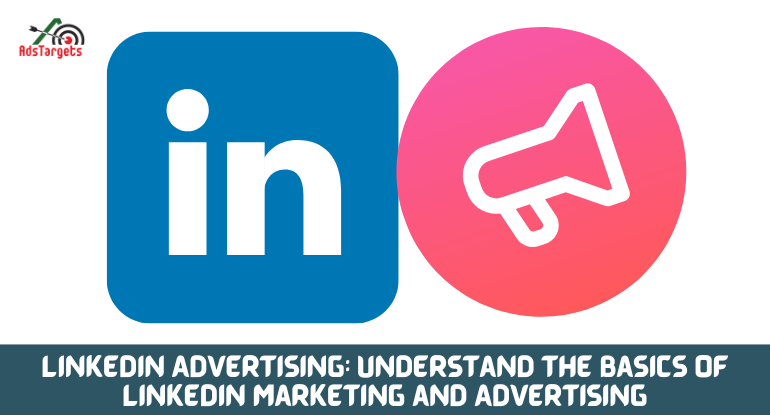
Content marketing is a powerful tool for building brand awareness, generating leads, and driving sales on LinkedIn. By creating and sharing valuable, relevant, and consistent content, you can attract and engage your target audience, establish yourself as an industry thought leader, and ultimately achieve your marketing goals.
Creating Compelling LinkedIn Content
Effective LinkedIn content should resonate with professionals by offering valuable insights, practical advice, and engaging storytelling. Here are some examples of compelling content:
- Industry Insights and Trends: Share articles, infographics, or videos that provide data-driven insights into current industry trends, challenges, and opportunities. For example, you could analyze the latest research on remote work trends or discuss the impact of artificial intelligence on specific industries.
- Case Studies and Success Stories: Showcase real-world examples of how your company or products have helped clients achieve their goals. This can include customer testimonials, case studies, or before-and-after comparisons. For example, you could share a case study of a client who successfully implemented a new marketing strategy using your services.
- Practical Tips and Advice: Provide actionable advice and tips that professionals can immediately implement in their work. This could include productivity hacks, career development tips, or strategies for improving communication skills. For example, you could share a list of five tips for writing effective LinkedIn posts or a guide to building a strong professional network.
- Thought Leadership and Opinion Pieces: Share your unique perspective on industry issues or challenges, offering insights and recommendations based on your experience and expertise. For example, you could write an article about the future of work or discuss the ethical considerations of using artificial intelligence in business.
Building a Strong LinkedIn Profile
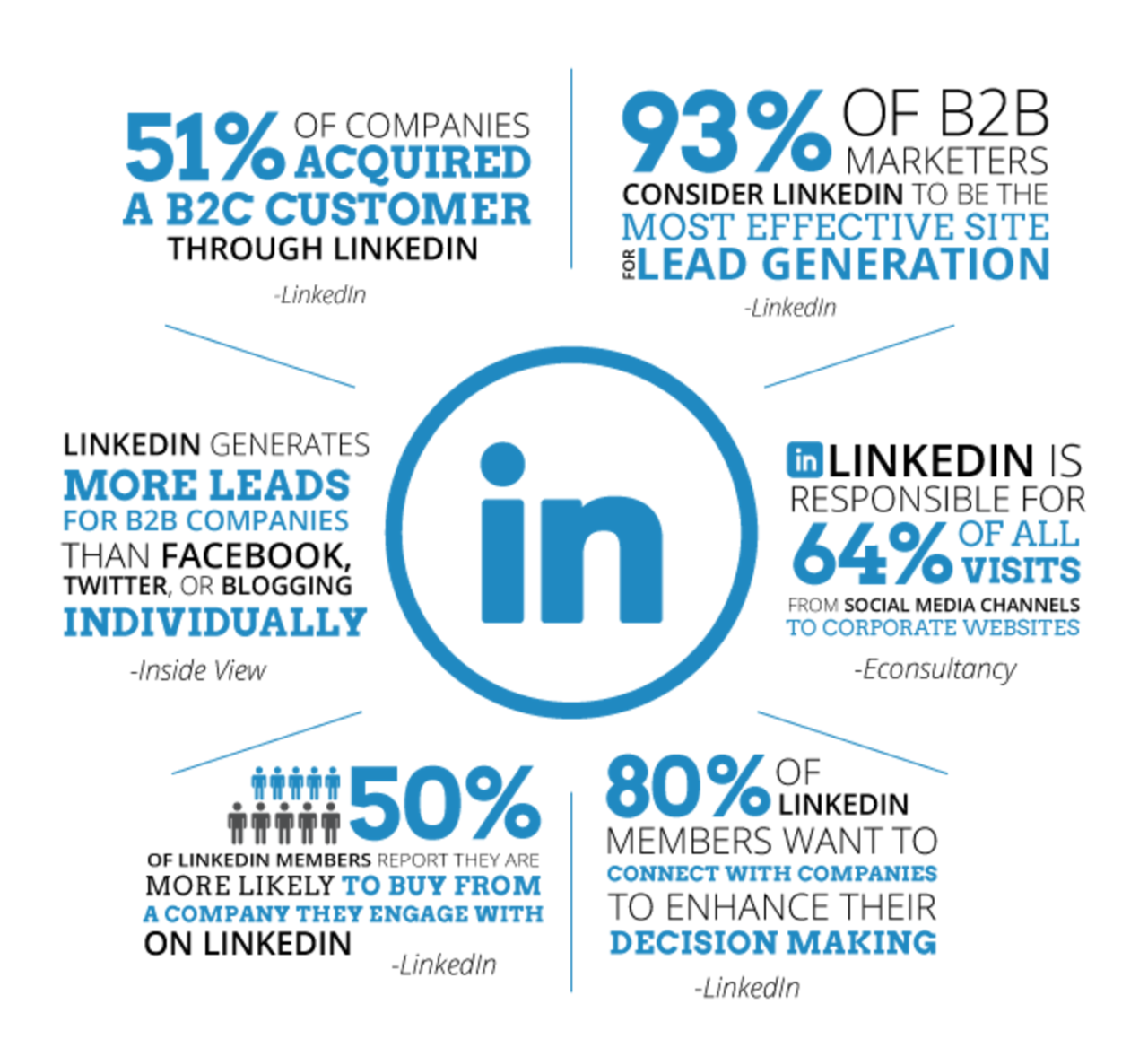
Your LinkedIn profile is your online resume and the first impression you make on potential clients and employers. It’s crucial to make it stand out and showcase your skills and experience effectively.




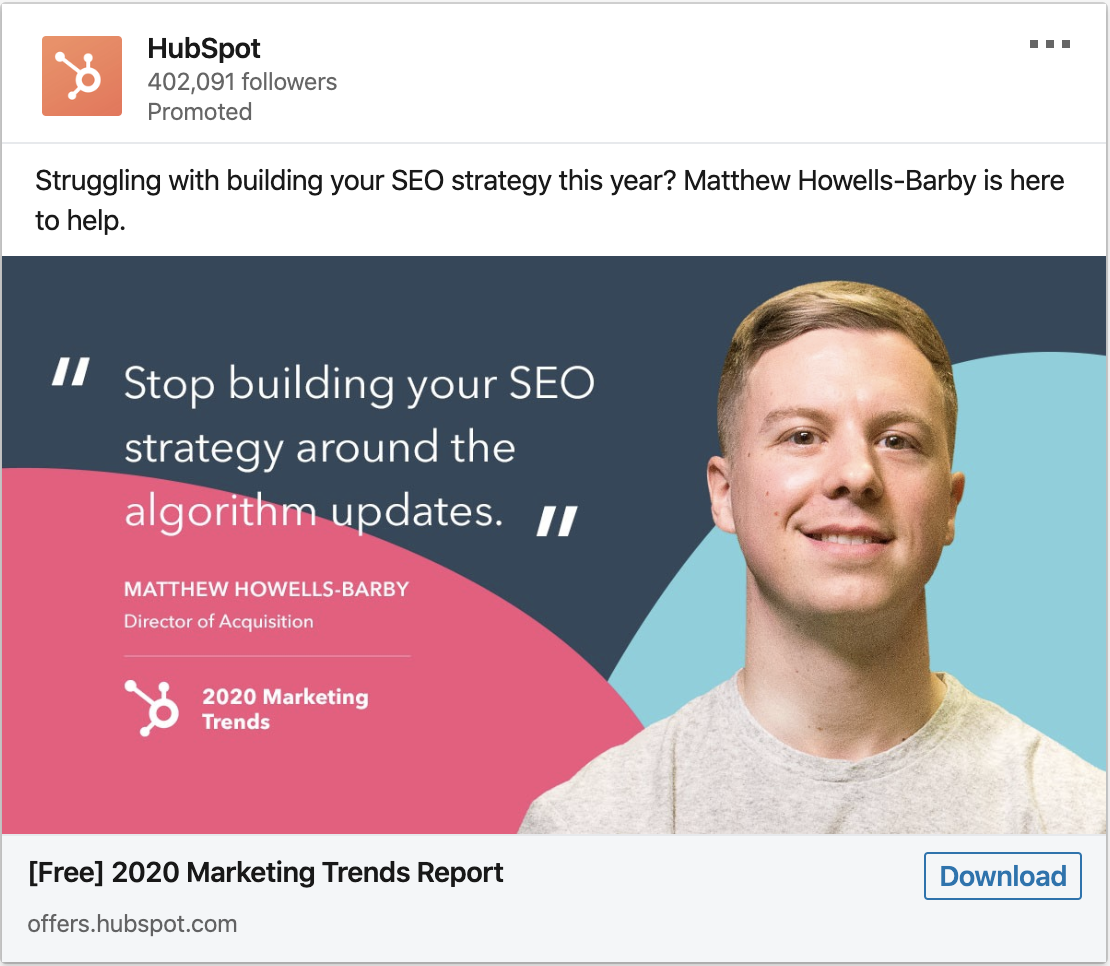








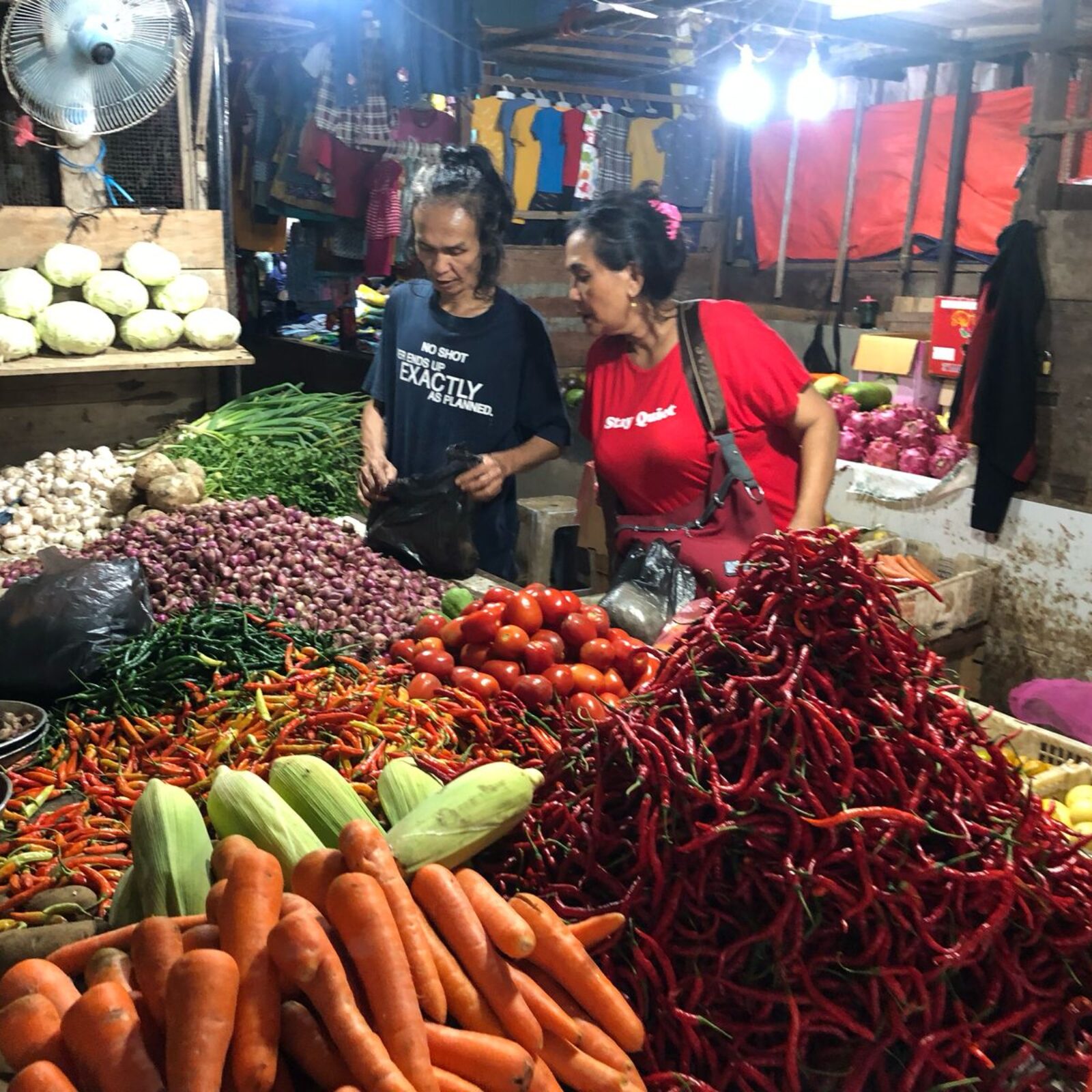
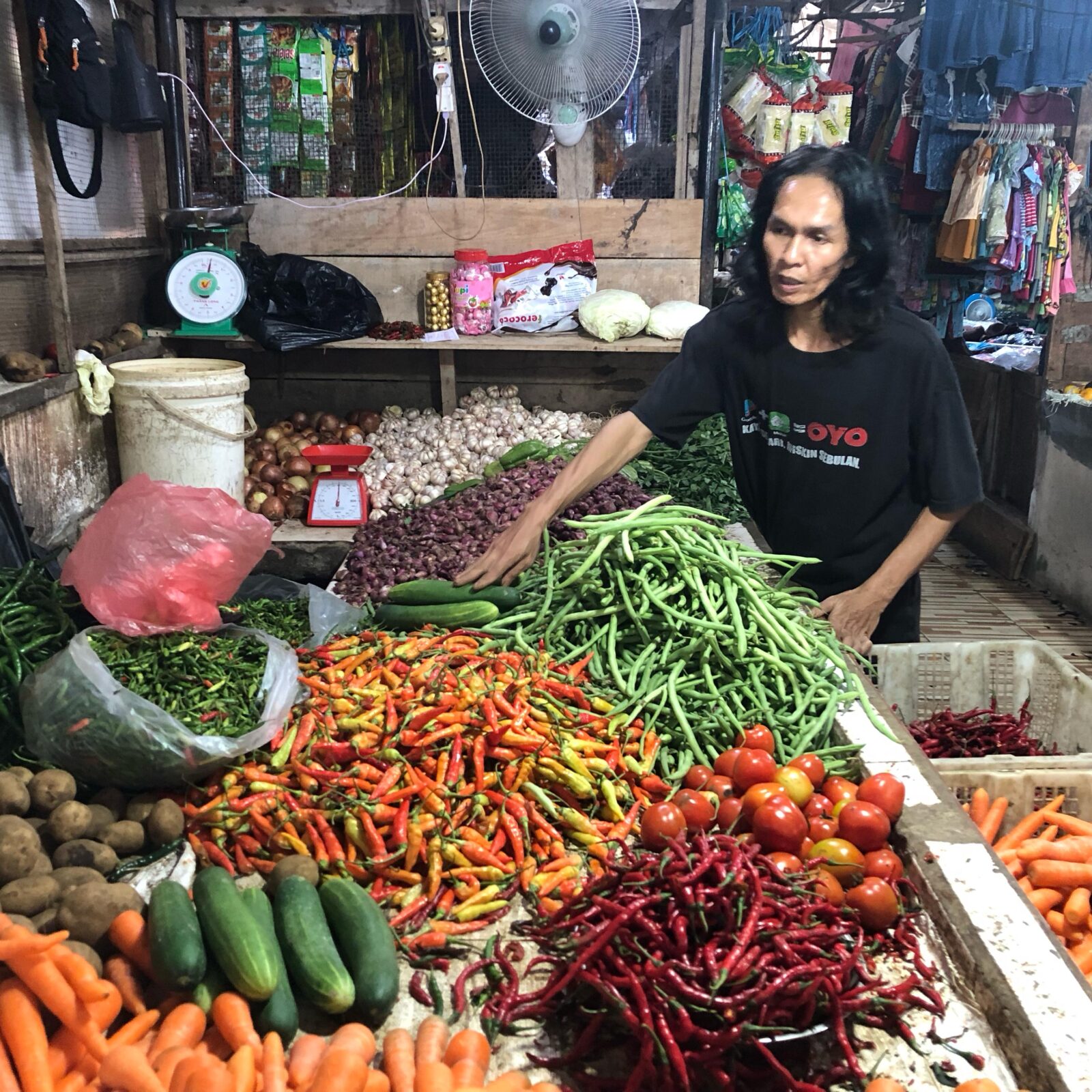


Komentar